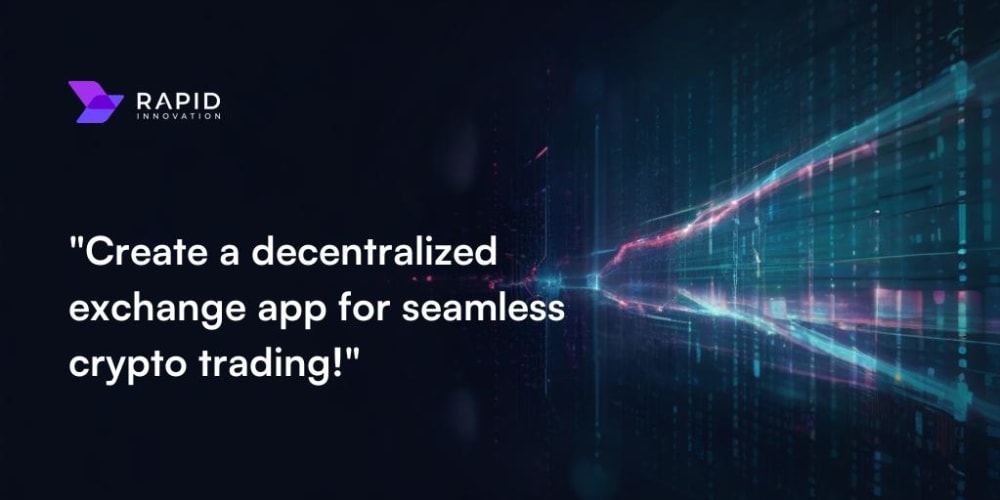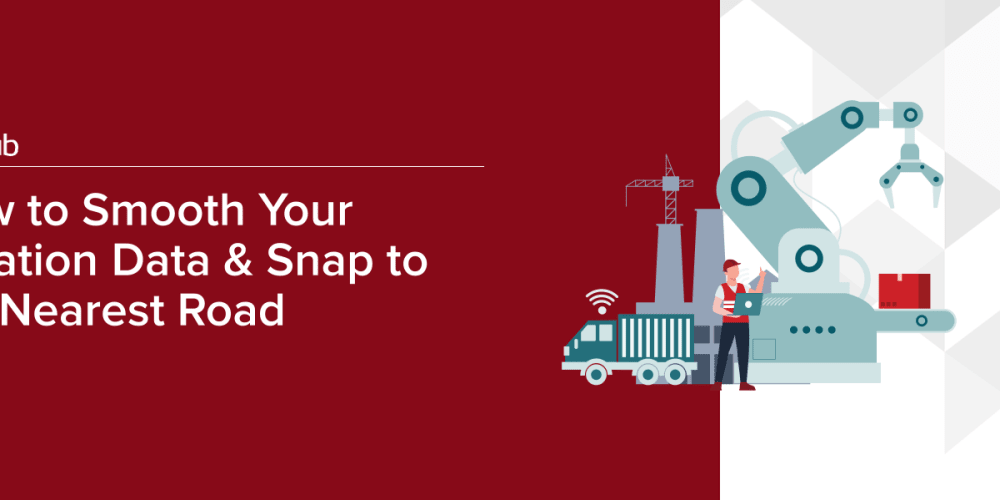Author: Brian Moore (Co-Founder and CEO at Voxel51)
Imagine a world where computers see and understand, just like we do. A world where the software and devices you use can analyze visual data, learn from it, and make decisions independently. This isn't science fiction—it's what Visual AI makes possible. From fitness mirrors that help you achieve your athletic potential to medical systems that reveal hidden anomalies and save lives, Visual AI transforms life as we know it and paints a canvas of possibilities for an exciting future.
In this post, we’ll define Visual AI, explore how it works, provide real-world examples, and explain why it all matters. So buckle up!
What Is Visual AI?
Humans process an immense amount of visual inputs every day, from recognizing faces to reading traffic signs. More than 50% of the brain’s surface is dedicated to interpreting what we see, and an estimated 80-85% of human comprehension and response comes from vision. Given the crucial role vision plays in the human world, it's no surprise that vision is becoming equally vital for AI.
Visual AI is the subset of AI that processes visual data to provide humans, physical systems, or software with the necessary insights for informed decision-making and action.
Visual data includes formats such as images, videos, lidar, radar, and 3D–content that can be seen, interpreted, and used to inform or inspire action.
Examples of Visual AI in action include:
- Autonomous robots, which independently navigate by processing data from their sensors to identify objects, predict their movements, and make driving decisions
- Assistive apps that describe an image or video in words for blind or low-vision users
- Medical systems that analyze scans to identify anomalies and aid professionals in diagnoses
- Apps that generate new images or videos based on a reference sample or description
Why Is Visual AI Important?
Visual data dominates the world’s information landscape. For example, video data already makes up 65% of all Internet traffic. It’s no wonder large language models (LLMs) such as OpenAI’s GPT-4, which were originally capable of only language-based tasks, can now support multiple modalities, including vision, text, and audio. As the saying goes, “A picture is worth a thousand words.”
Visual AI is important because it brings new capabilities and augments human vision in remarkable ways, including:
- Efficiency: Visual AI can process and analyze visual data much faster than humans. This makes it ideal for applications where speed is crucial, such as real-time object detection for self-driving cars or medical image analysis for disease diagnosis.
- Scalability: Unlike humans, Visual AI models don't get tired or experience decreased performance with repetition. They can handle massive volumes of visual data without a drop in accuracy.
- Enhanced Capabilities: Visual AI can perceive things hidden from the human eye, like anomalies in X-ray images or heat signatures in thermal footage. It can also track objects across multiple camera feeds, which is nearly impossible for humans to do.
- Safety: Visual AI can enhance safety by detecting anomalies and hazards in real time, such as proactively spotting home security threats and enforcing workplace safety protocols to prevent potential accidents.
- Cost-Effectiveness: Automating visual analysis tasks with AI enables businesses to redeploy human resources to higher-value tasks that require creativity, empathy, and complex decision-making.
- Decision Support: By extracting relevant insights from visual data, AI can support better decision-making in various fields. For instance, it can help retailers detect shopping patterns, assist farmers in monitoring crop health, or aid manufacturers in quality control.
How Does Visual AI Work?
Visual AI uses a combination of machine learning models and high-quality data to effectively reason and act.
On the model side, Visual AI utilizes models to perform fundamental tasks such as object detection and recognition, image classification and segmentation, and the generation of embeddings or even synthetic data to enable systems to understand and operate in the three-dimensional world around them.
On the data side, Visual AI crucially requires high-quality data that models can be trained on to help them learn and improve over time. Why is data important? Garbage in, garbage out. There's often a ceiling on the performance of your models that can only be broken when you focus on the quality of the datasets you're feeding them. We've done studies on benchmark datasets and state-of-the-art models and found that a significant portion of the errors a model makes are attributed to data challenges–inaccuracies, gaps, or biases within the datasets being fed to it.
The ultimate goal of a Visual AI system is to extract meaning from visual inputs, effectively reason about the content of that visual data, and then take appropriate action–whether that action is informing a downstream person or process, generating a digital output such as new images, or taking a physical action. Visual AI requires high-quality data, high-performing models, and optimized compute resources all working in concert.
Visual AI vs Computer Vision
Computer vision and Visual AI are often used interchangeably, but they represent different scopes within the realm of AI. Computer vision is an established field focused on enabling computers to process, analyze, and understand visual data. It's about giving machines the ability to "see" in the sense that humans do—to identify objects, people, scenes, anomalies, and activities within visual data. Computer vision is the foundation upon which many Visual AI capabilities are built.
Visual AI, on the other hand, encompasses not only computer vision but also the end-to-end AI system that interacts with the visual world in more complex ways. Think of computer vision as the "eyes" of AI, while Visual AI represents the "brain" that makes sense of what those eyes see and what to do based on that understanding.
Visual AI vs Generative AI
Visual AI and generative AI are both powerful subsets of artificial intelligence, but they serve distinct purposes. Generative AI enables the creation of entirely new data, including images, videos, audio, and text. Visual AI processes visual data to give people or systems insights for informed decision-making and action.
Although not all generative AI is Visual AI, there is some overlap. Many generative AI systems are visual in nature: they’re trained on visual data and create visual outputs. Moreover, Visual AI systems can use both real-world and generated data to inform their perception, reasoning, and action.
Examples of Visual AI
There are many remarkable real-world examples of Visual AI, with new applications always emerging. We’ve touched on a few cases already, but here’s a sampling of where Visual AI is making an impact today:
- Driver Assistance: Enabling vehicles to assist drivers in safe and effective operations
- Facial Recognition: Identifying and verifying access based on an individual’s facial characteristics
- Visual Search: Allowing people to find products or information using images instead of or in addition to text and voice
- Medical Imaging: Assisting healthcare providers in analyzing medical images to improve diagnosis and treatment
- Manufacturing Automation: Enabling machines to reliably execute tasks, even within challenging environments
- Agriculture: Enhancing yield, sustainability, and profitability of crops
- Sports Analytics: Analyzing player movements to level up the game for coaches, athletes, and fans
- Public Safety: Addressing emergencies rapidly and effectively through proactive threat detection of fires or accidents and efficient search and rescue operations
- Retail: Offering hyper-personalized shopping experiences, providing visual search capabilities online, streamlining inventory management, and creating immersive virtual try-on capabilities
- Robotics: Empowering machines to truly understand their environments, learn from experience, make decisions autonomously, and collaborate with humans
How Voxel51 Is Accelerating Visual AI
Training Visual AI models requires millions or billions of visual data samples, and it is simply impossible to view each data sample manually to ensure high quality. Yet, understanding your model’s failure modes and improving data quality are the most impactful ways to boost your model's performance. That’s why Voxel51 provides AI builders with the tools they need to understand and refine visual data in the context of their models.
Building Visual AI solutions is iterative. A typical project proceeds as follows: first, you define the problem, collect data, label it (manually or automatically), train your models, and evaluate the outcomes. But when your model’s not working as expected, what do you do next? You need to find out where the AI goes wrong and how to fix it. This requires refining your data–not just training for longer or trying more hyperparameters–to achieve production-grade performance. For example, you might isolate scenarios that confuse your model, add new samples to your training set, and fix any label mistakes before training again.
These cycles continue even after you deploy your models into production, as you’ll need to be proactive in detecting data drift and fine-tuning your models to account for new gaps and failure modes, all while taking care to avoid regressions. Continuous analysis and improvement are necessary for safe, performant Visual AI systems, and the best practices for this work are data-centric.
At Voxel51, we’re dedicated to making the development of Visual AI systems faster and easier. We do this through our software solutions–open source FiftyOne and FiftyOne Teams–that enable AI builders to continuously refine their visual data and models in one place to achieve our collective goal of developing robust and reliable Visual AI applications that make our lives better.
Visual AI excites us! Our software powers some of today’s most remarkable visual artificial intelligence developed by some of the largest and most trusted brands. Our open source community and enterprise customers span nearly all industries, including automotive, agriculture, robotics, security, retail, healthcare, technology, and more. Each day, we get to work with Visual AI builders across a number of compelling use cases—everything from manufacturing automation and autonomous driving to retail product recommendation engines and security applications.
Conclusion & Next Steps
Visual AI is far more than just teaching machines to “see”; it’s about using visual data to perceive, reason, and inform or act in the physical world. At Voxel51, we’re thrilled to advance this future by providing data-centric infrastructure that AI builders use to accelerate their development processes. In addition, we’re excited to be living in a unique period of creativity that’s driving an explosion of Visual AI applications that can make our daily lives more efficient, effective, safe, and enjoyable.
If you’re as excited as we are about Visual AI, here are a few ways to continue the journey:
- Join the 15,000+ AI enthusiasts who are part of our AI, Machine Learning, and Data Science Meetups, which cover a wide range of AI-related topics such as generative AI, multimodal AI, RAG, and more.
- Join us at an upcoming Visual AI event! Check out our current event lineup, and check back frequently as new events are added regularly.
- If you’re curious to learn more about how we help organizations make Visual AI a reality, reach out; we’d love to show you our solutions in action.




















